Discover 10 hidden attractions, cool sights, and unusual things to do in Worksop (United Kingdom). Don't miss out on these must-see attractions: Creswell Crags, Clumber Park, and Worksop Priory. Also, be sure to include The Harley Gallery in your itinerary.
Below, you can find the list of the most amazing places you should visit in Worksop (England).
Table of Contents
Creswell Crags
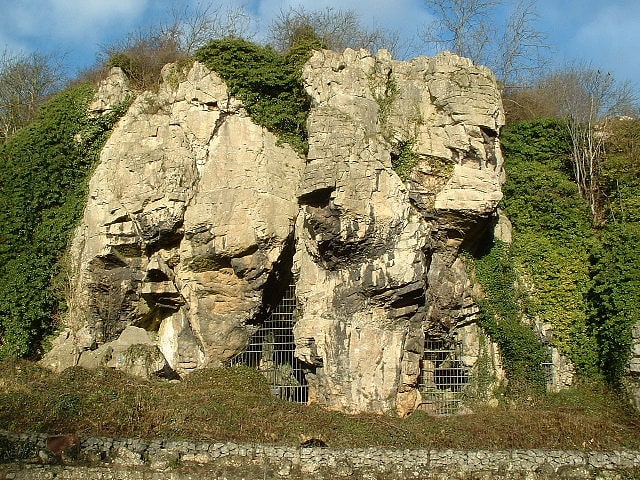
Limestone gorge and cave complex. Creswell Crags is an enclosed limestone gorge on the border between Derbyshire and Nottinghamshire, England, near the villages of Creswell and Whitwell. The cliffs in the ravine contain several caves that were occupied during the last ice age, between around 43,000 and 10,000 years ago. Its caves contain the northernmost cave art in Europe. The evidence of occupation found in the rich series of sediments that accumulated over many thousands of years is regarded as internationally unique in demonstrating how prehistoric people managed to live at the extreme northernmost limits of their territory during the Late Pleistocene period.
The caves contain occupation layers with evidence of flint tools from the Mousterian, proto-Solutrean, Creswellian and Maglemosian cultures. They were seasonally occupied by nomadic groups of people during the Upper Palaeolithic and Mesolithic periods. Evidence of Neolithic, Bronze Age, Roman and post-medieval activity has also been found there. There is evidence of Neanderthal occupation 50,000–60,000 years ago, a brief Gravettian occupation around 32,000 years ago and use of all the main caves during the Magdalenian around 14,000 years ago. The site is open to the public and has a visitor centre with a small museum of objects associated with the caves, including a stuffed cave hyena.
As a result of its unique features, Creswell Crags has been designated as a Site of Special Scientific Interest (SSSI). It has also been put forward as a potential World Heritage Site.
In 2005–06, the B6042 road was re-routed from its path through the gorge, by approximately 150 metres (160 yd) to the north, to minimise traffic impact on the site.[1]
Address: Crags Rd, S80 3LH Worksop
Clumber Park
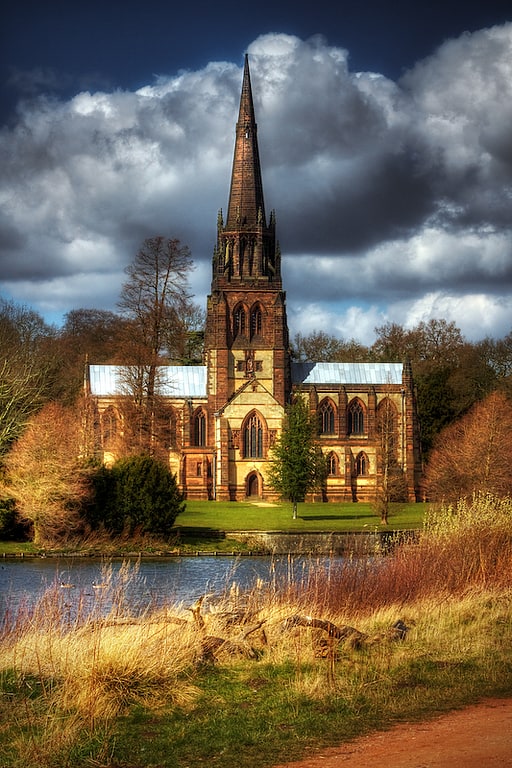
Building in England. The Church of St. Mary the Virgin, Clumber Park, is an Anglican church in Clumber Park, Nottinghamshire, England.
The church is Grade I listed by English Heritage as a building of outstanding architectural or historic interest.[2]
Worksop Priory
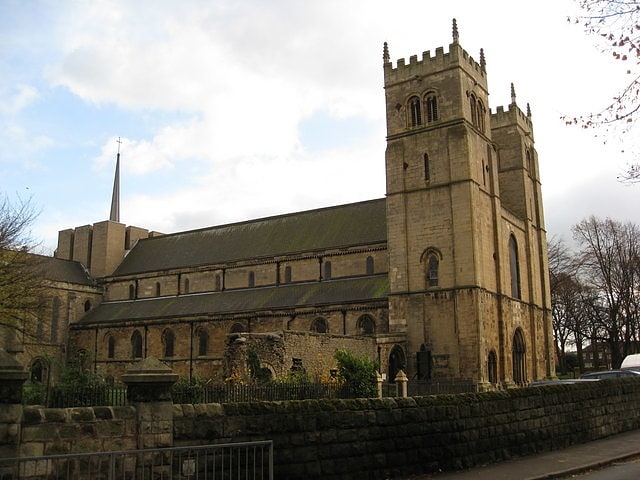
Parish church in Worksop, England. Worksop Priory is a Church of England parish church and former priory in the town of Worksop, Nottinghamshire, part of the Diocese of Southwell and Nottingham and under the episcopal care of the Bishop of Beverley.
The church is Grade I listed by the Department for Culture, Media and Sport as a building of outstanding architectural or historic interest.[3]
Address: Priorswell Rd., S80 Worksop
The Harley Gallery
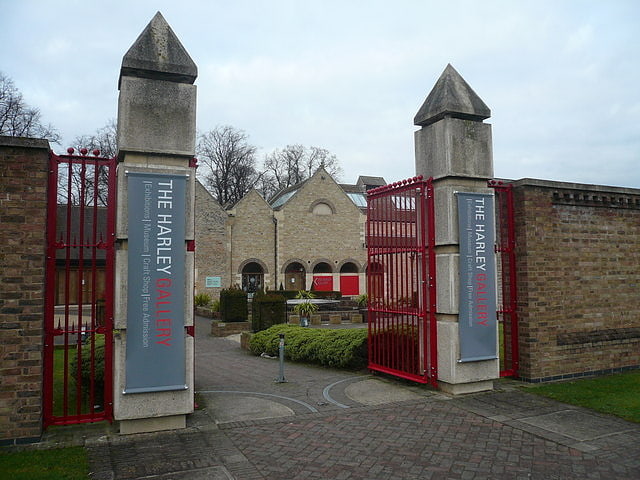
The Harley Gallery and Foundation is an educational charity situated on the ducal estate of Welbeck Abbey in North Nottinghamshire.[4]
Address: Welbeck Estate, S80 3LT Worksop
Worksop Town Hall
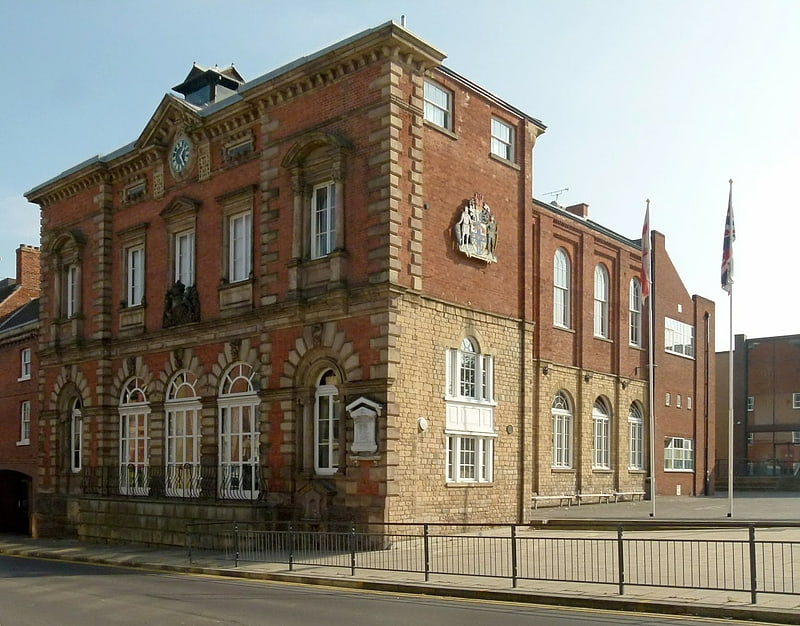
Worksop Town Hall is a municipal building in Potter Street, Worksop, Nottinghamshire, England. The town hall, which was the headquarters of Worksop Urban District Council, is a Grade II listed building.[5]
Mr Straw's House

Museum in Worksop, England. Mr Straw's House is a National Trust property in Worksop, Nottinghamshire, United Kingdom. The Edwardian semi-detached house and its contents have remained largely unchanged since the 1920s. It opened to the public in 1993.[6]
Address: 5-7 Blyth Grove, S81 0JG Worksop
Sandhill Lake

Lake in England. Sandhill Lake is a small lake and park, west of the centre of Worksop, Nottinghamshire, England. It is passed by the Chesterfield Canal and a National Cycle Route, and the path around it has a circumference of 1.21 miles. The River Ryton passes just to the southwest of the canal. The lake, formerly known as Godfrey's Pond, is popular with local anglers, and the area is also used for other leisure activities. On 3 November 2010 the park reopened after improvements under the Nottinghamshire County Council's ‘Local Improvement Scheme', funded by Groundwork Creswell, Ashfield and Mansfield and Crestra Ltd.[7]
St John's Church
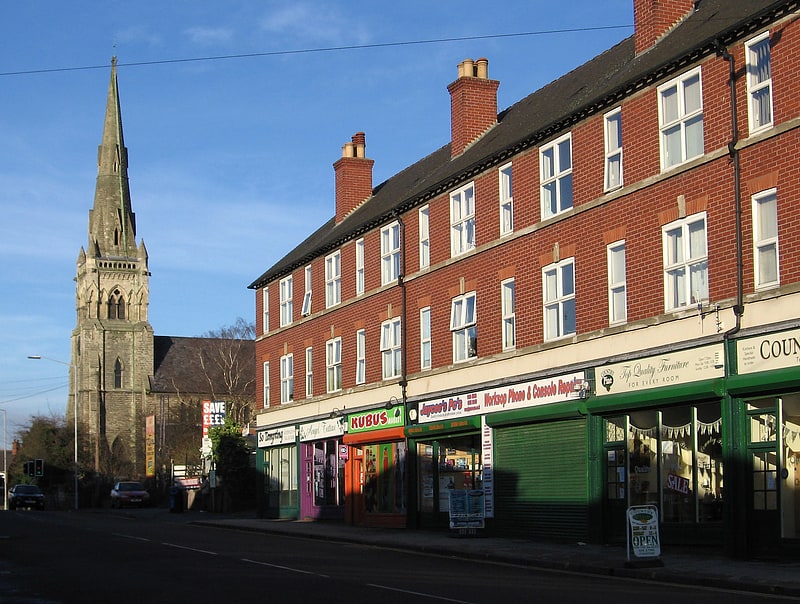
Church in Worksop, England. St. John's Church, Worksop is a parish church in the Church of England in Worksop, Nottinghamshire, England.[8]
St Anne's Church
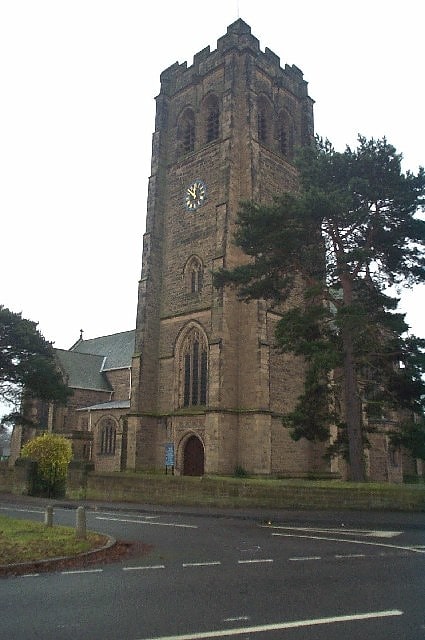
Anglican church in Worksop, England. St. Anne's Church, Worksop is an Anglican parish church in Worksop, Nottinghamshire, England. It is recorded in the National Heritage List for England as a designated Grade II listed building.[9]
Worksop Manor

Historical landmark in England. Worksop Manor is a Grade I listed 18th-century country house in Bassetlaw, Nottinghamshire. It stands in one of the four contiguous estates in the Dukeries area of Nottinghamshire. Traditionally, the Lord of the Manor of Worksop may assist a British monarch at his or her coronation by providing a glove and putting it on the monarch's right hand and supporting his or her right arm. Worksop Manor was the seat of the ancient Lords of Worksop.
The house was an important English country house of the Talbot and Howard families between the 1580s and its destruction by fire in 1761; an even grander rebuilding was only partially completed, and after 1777 it was neglected and largely dismantled in the 1830s.
The building as it is now, greatly reduced and rebuilt but still very large, is mostly 18th and 19th-century. It has 2 and 3 storeys of ashlar with hipped slate roofs, forming a quadrangle approximately 25 bays wide by 14 bays deep.[10]